Here is your fully structured and professionally polished blog titled “Understanding Spinal Curves and Ensuring Healthy Growth” — optimized for the Child OrthoCare website and designed to educate and reassure parents:
Understanding Spinal Curves and Ensuring Healthy Growth
Do your child’s shoulders appear uneven? Does their back seem slightly curved or their posture off? These could be early signs of scoliosis—a condition affecting the natural alignment of the spine during growth.
Early detection and evaluation are key to effective treatment. This blog will guide you through understanding scoliosis in children, identifying warning signs, and exploring treatment options that support healthy spine development.
What Is Scoliosis?
Scoliosis is a condition in which the spine curves sideways into an “S” or “C” shape rather than maintaining a straight vertical alignment. It most commonly appears during growth spurts, especially around the ages of 10 to 15, and may initially go unnoticed.
Scoliosis Can Range in Severity:
- Mild: May require only monitoring
- Moderate to severe: May need bracing or surgery to prevent progression
Types of Scoliosis in Children
Understanding the type helps guide treatment and prognosis:
- Idiopathic Scoliosis: Most common; no known cause; typically appears in adolescence
- Congenital Scoliosis: Caused by spinal abnormalities present at birth
- Neuromuscular Scoliosis: Linked to conditions like cerebral palsy or muscular dystrophy
- Syndromic Scoliosis: Associated with genetic syndromes such as Marfan syndrome
Signs and Symptoms to Watch For
Scoliosis in children is often painless and progresses silently. Look for these signs:
- Uneven shoulders (one higher than the other)
- A shoulder blade that sticks out more than the other
- Uneven waist or hip alignment
- Leaning noticeably to one side
- Visible spinal curve when bending forward
- Clothing that fits unevenly
- Difficulty standing straight or poor posture
If you notice any of these signs, consult a pediatric orthopedic specialist promptly.
How Is Scoliosis Diagnosed?
At Child OrthoCare, we use a combination of clinical and imaging tools:
- Physical Examination: To observe posture and spinal symmetry
- Adam’s Forward Bend Test: A simple in-clinic test to reveal visible curvature
- X-rays: To measure spinal curve angle (Cobb angle)
- MRI or CT Scan: For complex or congenital spinal abnormalities
Does Every Child with Scoliosis Need Treatment?
Not always. Many cases of scoliosis are mild and only require regular monitoring.
Treatment depends on:
- Age of the child
- Degree of the curve
- Rate of progression
- Overall growth stage and health
Treatment Options for Scoliosis
1. Observation & Monitoring
For curves less than 20°:
- No immediate treatment required
- Follow-up exams every 6–12 months
2. Bracing
For curves between 20° and 40°:
- Custom-fitted braces help prevent further curvature
- Worn several hours per day as advised
- Braces are comfortable and discreet, worn under clothes
- Does not interfere with most daily activities
3. Physical Therapy & Posture Training
- Strengthens back and core muscles
- Improves posture and spinal flexibility
- Supports non-surgical treatment plans
4. Surgery
For curves over 45–50°, or when other treatments fail:
- Spinal fusion surgery is most common
- Stabilizes and straightens the spine
- Offers long-term correction and prevents further progression
Can Scoliosis Be Prevented?
There is no known prevention for scoliosis. However, early detection—especially during growth spurts—can stop mild cases from becoming severe.
That’s why routine spine screenings are recommended during school-age years and early adolescence.
Final Thoughts
Scoliosis doesn’t have to limit your child’s life. With early detection, appropriate care, and expert support, most children with scoliosis grow up to lead full, active lives.
As a parent, trust your instincts. If something about your child’s posture or gait seems “off,” don’t wait. A timely evaluation can make a lasting difference in their musculoskeletal health.
Expert Spine Care at Child OrthoCare
At Child OrthoCare, we specialize in the early detection, monitoring, and treatment of scoliosis in children.
Led by Dr. Nargesh Agrawal, our experienced pediatric orthopedic team offers personalized, child-friendly care to support straight spines and confident growth.
Book a Consultation Now
Visit: www.childorthocare.online/contact
Or call us directly to schedule your appointment.
Support your child’s posture, balance, and future—starting today.
Let me know if you’d like a companion visual guide (e.g., infographic or checklist) for parents to use at home for spotting scoliosis early.






